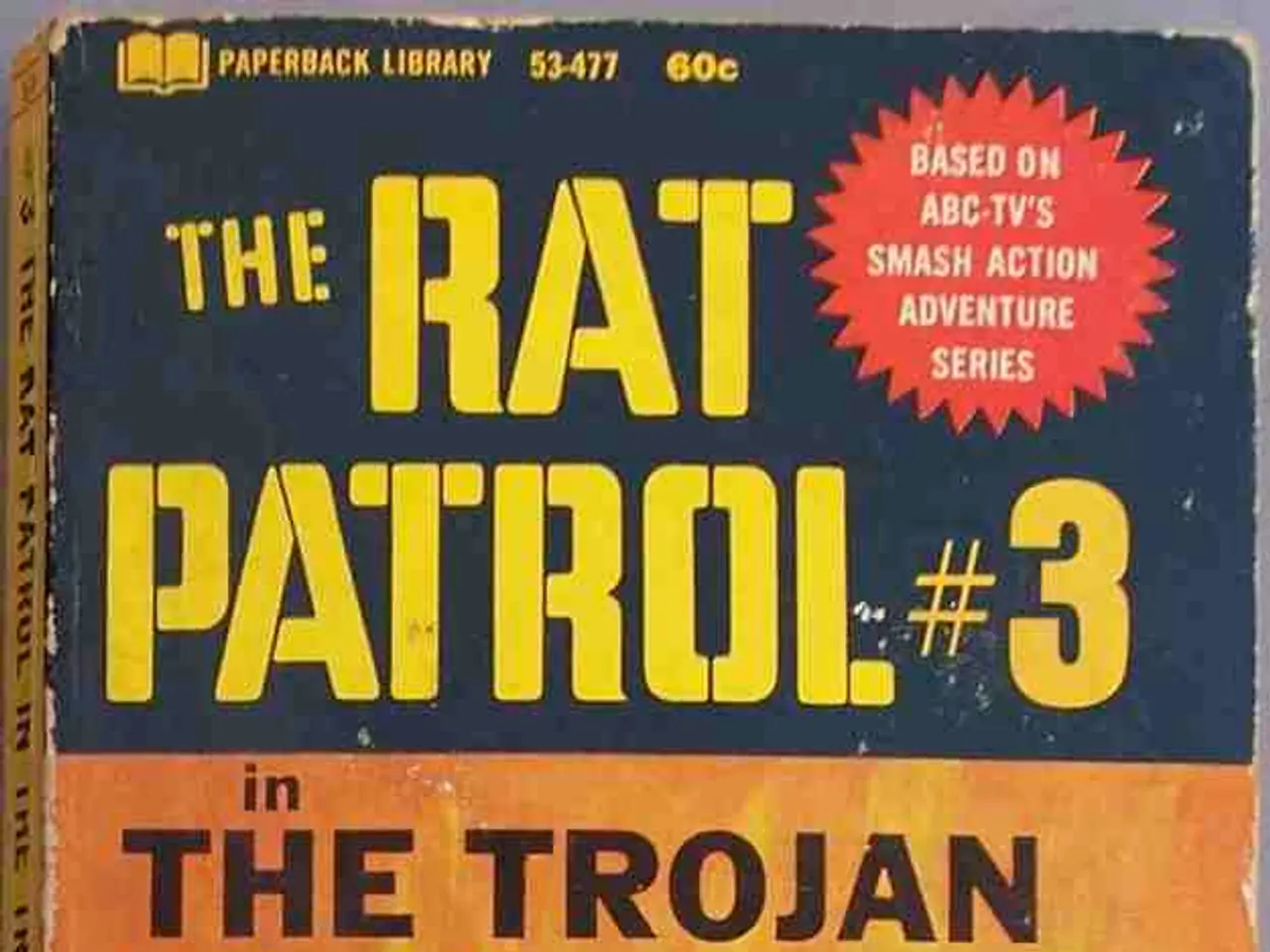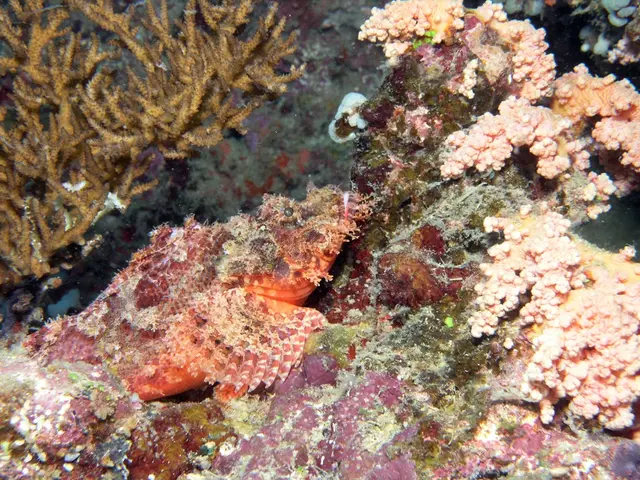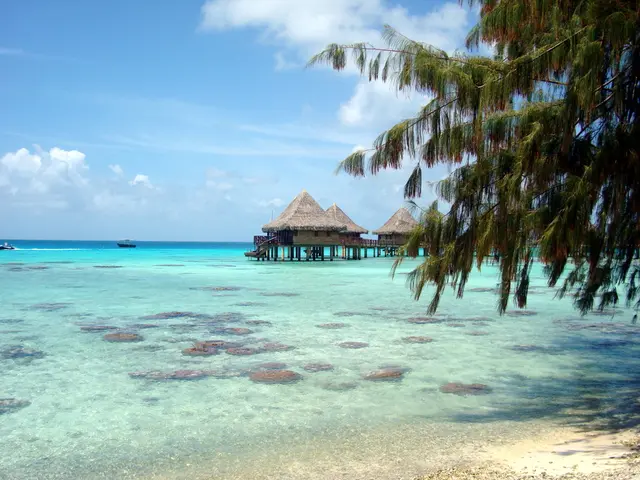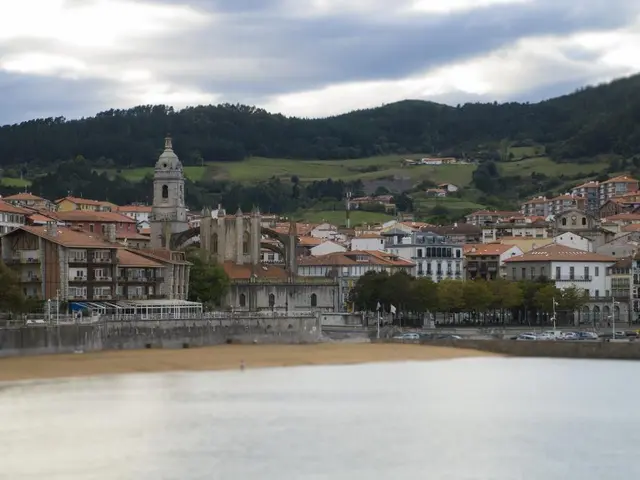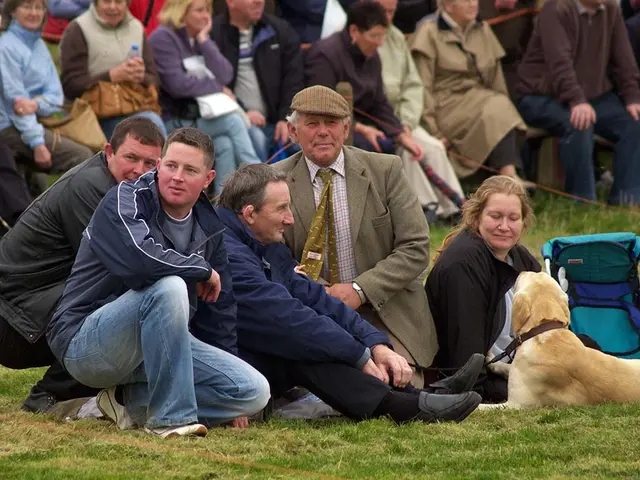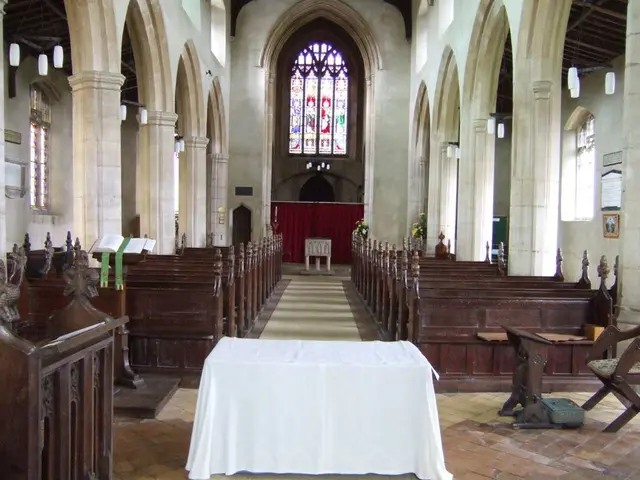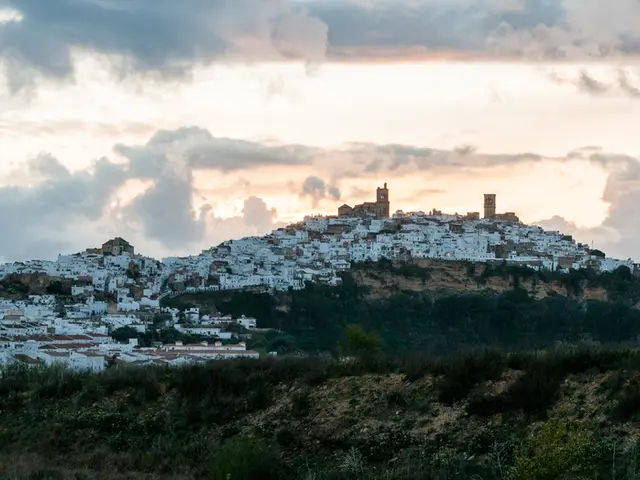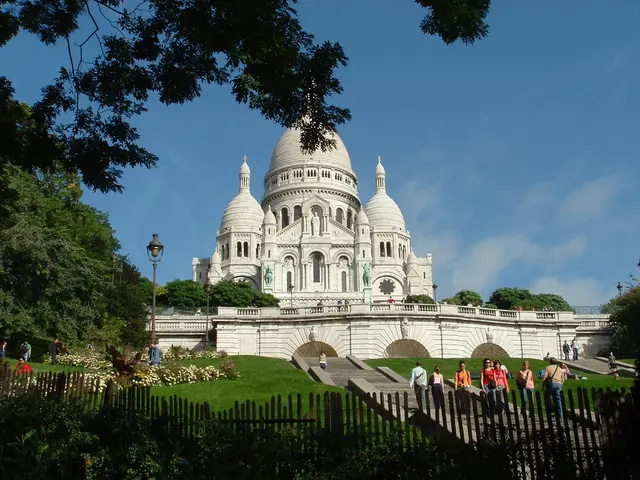Berlin Hosted WWII Meetings to Form Muslim Legions
Berlin hosted a series of meetings with exiled leaders from Azerbaijan, Crimea, Turkistan, and the North Caucasus. The discussions focused on creating Muslim communities, units primarily composed of Muslim communities captured by German forces during World War II.
The initiative was part of Germany's effort to recruit non-Russian ethnic groups for fighting the Soviets. This came after the capture of approximately 3.8 to 5 million Soviet soldiers within months of the invasion in June 1941. However, German officials refrained from committing to post-war independence, causing frustration among Muslim leaders.
Captain Mayer-Marder led Infantry Battalion 450, which included six battalions of Turkistanis and one of Azerbaijanis. Another unit, the 'Special Bergmann Detachment,' was formed in October 1941. Meanwhile, Stalin's policies led to the deportation of entire Muslim communities labeled as 'traitors,' with many perishing during transport.
Nazi Germany formed these 'Muslim communities' using Soviet prisoners of war and local populations in occupied territories. German authorities also formed 'auxiliary' groups, including captured soldiers from Ukraine and Belarus, numbering between 600,000 and 1.4 million men. Notably, the Turkish leadership did not play a direct role in their formation, as the Muslim communities were largely formed by Nazi Germany using volunteers from various Muslim populations.
The harsh conditions in camps led to millions of deaths due to starvation, disease, and extreme cold. Despite the formation of these communities, the outcome of the war and the fate of these communities remain complex and controversial.
